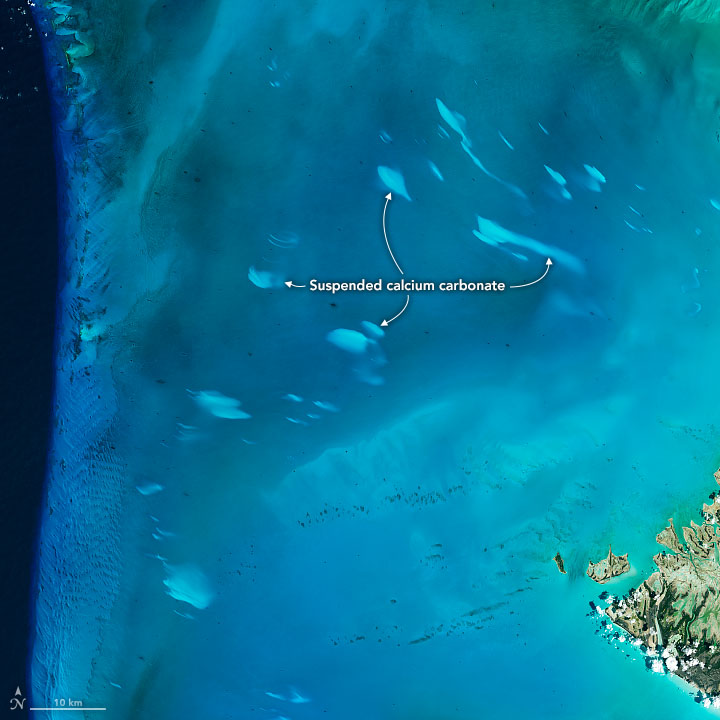Welcome to Season 5 Episode 3 where we talk about some of the ways the ocean can make rocks and minerals.
You can listen to the show here:
I have been looking at different ways to get transcripts but I haven’t found a good solution for me yet. So in lieu of a full transcript here are some notes and the images promised.
The Ocean
The ocean covers 70% of the surface area of the earth and is 96.5% water, 2.5% salts, and the rest is dissolved inorganic and organic materials and particulates. Sea level at any location is a dance between the volume of water in the ocean and tectonic uplift and down-dropping of the coast.
Evaporation
This is one of the major ways that the ocean makes rocks. Compounds like salts concentrate in areas where a body of ocean water gets cut off. This can be through sea level change, tectonic changes, or man made intervention. As the water evaporates the concentration of salts and compounds increases until they start to crystalize out and form large deposits. The two maid evaporate minerals are Halite (Salt) and Gypsum. Table salt is mined from these deposits and sea salt is salt that was formed by modern evaporation methods.

Spontaneous Precipitation
This is my favorite way the ocean makes rocks. Like the compounds that generate the minerals halite and gypsum, the compounds that form the calcium carbonate that make up Limestone come from dissolved compounds. In this case something will trigger a spontaneous crystallization of calcite or aragonite which will rain down to the sea floor. Over time this calcareous mud becomes limestone.

Biogenic
Much like limestone, Chert is formed by things slowly dropping out of the water column. In this case chert is a siliceous material meaning it is made with silica. Chert is made from the hard parts of diatoms, silicoflagellates, and radiolarians which are algae and protozoa. As they die their skeletons build up in the deep ocean over time and form chert in large areas or small patches within other deposits. Another rock that forms this way is Chalk but this forms from plankton with calcite shells and skeletons.
Anthropogenic
In collaboration with the ocean, humans also make stones. The most obvious of this is Sea Glass which is the end product of human trash (glass from various sources) being introduced to the sea and worked in the shallow environment. Another anthropogenic material is the newly discovered Plastic rocks which are starting to form in beach environments. This is likely due to the increasing concentration of plastics and microplastics in the oceans.

If you have any questions or comments you can leave a comment here, on the social media posts or through email.


Leave a Reply